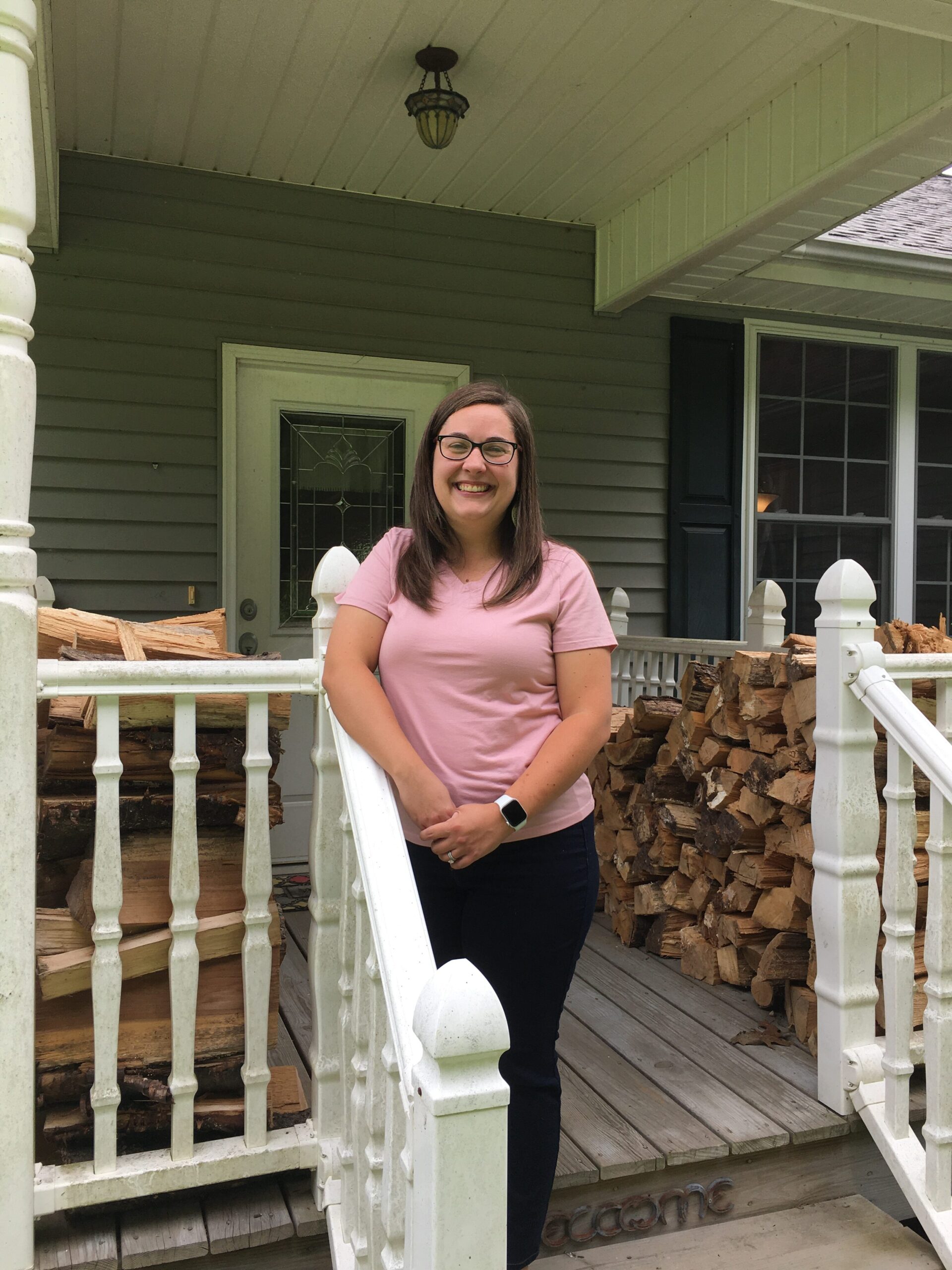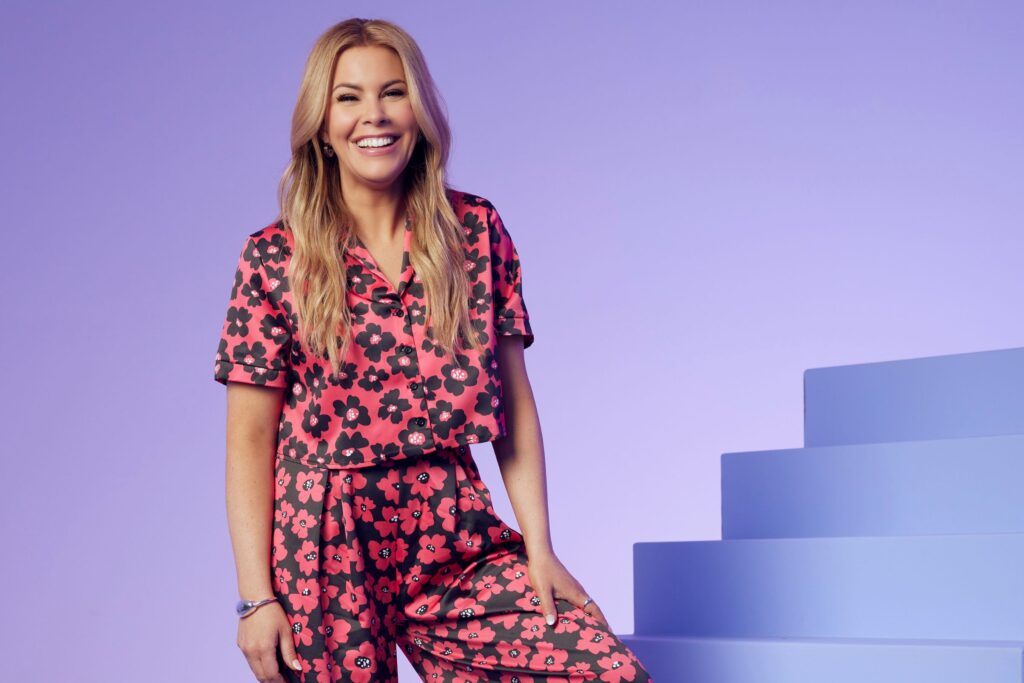Imagine allowing someone you hardly know into your home. Now imagine that stranger eating your food, sleeping in your bed, tugging on you for help, and distracting you from chores, day after day.
That’s exactly what happened when Christina Rutland of Hendersonville, North Carolina, invited a brother and sister from a dysfunctional family to be raised alongside her own kids amid a global pandemic.
As a biological mother of three—Elliot, 9; Emmalynn, 7; and Abigail, 5—Christina is one of many foster parents who believe that doubling down on sacrifice is a necessary virtue if the fabric of family life in America is to be strengthened.
In July 2020, Christina and her husband, Stephen, welcomed a 3-year-old girl and her 4-year-old brother into a safe haven filled with order, love, and laughter. “The Littles,” as Christina calls them, are among an estimated 419,000 youth in foster care nationally, separated from their biological families largely due to domestic violence or substance abuse—a population of vulnerable young people that is almost the size of Spokane and Baton Rouge combined.
But last year, during the pandemic, 20 states witnessed a total drop of 5 percent or more in licensed foster homes, according to figures gathered from child welfare agencies, widening the cracks in the system’s safety net.
“We always need more foster parents,” said Kym Rhodes, a social work liaison for Henderson County, North Carolina, who works with the Rutlands and other households. While most foster kids are age 5 and under at the time they are separated, “we need foster parents who are willing to take older kids. We need foster parents who are willing to take sibling groups, […] newborns that come straight from the hospital.”
Rhodes approached Christina at the church where the two worship and asked her if she would consider taking in siblings who’d been exposed to narcotics within their birth family and whose father was homeless.
Called to “serve for the fatherless,” Christina didn’t flinch. “We’re going to go where the need is,” she remembered thinking. By that time, she and Stephen were well along in the foster licensing process, which included 30 hours of training, a criminal record check, physical exams, and a fire safety inspection.
The Value of Stability
Sitting at the kitchen table of her home as her birth children folded laundry in a bedroom, Christina said that she shared a “very stable, normal upbringing” with one older sister and a mom and dad who are still together. She met her future husband in high school and they ended up working together at a summer camp during college. They’ve been married for 12 years.
When her sister and brother-in-law began foster parenting, “I was able to see what they were doing,” Christina said. Through several church friends in nearby Greenville, South Carolina, she was also able to learn about the role foster parents play.
Given her upbringing, the exposure to her sister’s fostering, and an unbreakable faith, “it never dawned on us to say, ‘Oh, we should probably pump the brakes,’” as the pandemic upended daily living, Christina said. Instead, she pushed forward, displaying the energy and positivity that friends and associates describe as her hallmark traits.
For others, however, the upheaval of the ongoing health crisis took its toll. A January 2021 survey of about 300 foster parents, conducted by Fostering Families Today, found that emotional and psychological problems created a collective dent in these parents’ well-being. Loss of income, deteriorating physical health, fear of family exposure and illness, and on-again-off-again schooling also posed challenges.
Yet, like Christina, these foster parents kept up the pace, maintaining a spirit of sacrifice while aided by strong governmental and community support in the form of daycare vouchers, Medicaid eligibility, and donations of meals and clothing.
Children First
In the end, fostering is not about the difficulties caregivers face, but about the potential for children in these temporarily blended families—foster and biological alike—to learn, grow, and love one another.
Christina recalled how her kids were a bit wary at first when “the Littles” arrived, wondering which beds they would sleep in that night.
“We’re going to have to be really patient,” was what Emmalynn told her mother. “And I said, ‘Yeah, we’re going to have to be really patient,’” Christina remembered. “But by the end of the next day, they’re all outside playing together.”
Christina believes her own kids now have more empathy toward others who don’t live in safe households. They also understand better why she and Stephen have always set down rules and boundaries. “They’re seeing how difficult it is for these little ones to adapt and, especially initially, to understand why are rules given in the first place.”
The two foster kids have been with the Rutlands for more than a year. While the foster kids and Christina visit the birth mother regularly, “the Littles” may be able to reunite permanently if the conditions that led to their removal improve, lessening the trauma of forced separation.
“One time, I found my oldest boy in tears, and I thought it was because something had been hard for him that day,” Christina related. “And he said, ‘I just know that they really want to go home, and I want them to be happy, but I also don’t want them to leave.’”
Foster care is by no means a guaranteed road to success. Foster children are more likely than non-fostered children to commit suicide. Many do not graduate from high school on time. Others become pregnant or homeless.
But in every foster family created, love and hope abound.
“We ask them to take them in, treat them like they’re your children, love them, be willing to let them go when it’s time to let them go,” said Lorie Horne, Henderson County’s social work program administrator.
“I mean, it’s a difficult job. It really is.”
Neil Cotiaux is a freelance journalist whose work has appeared in newspapers, magazines, and business journals, mostly in the Southeast and Midwest. His work has largely focused on community and economic development, immigration, and health care. He works out of Spartanburg, South Carolina.













